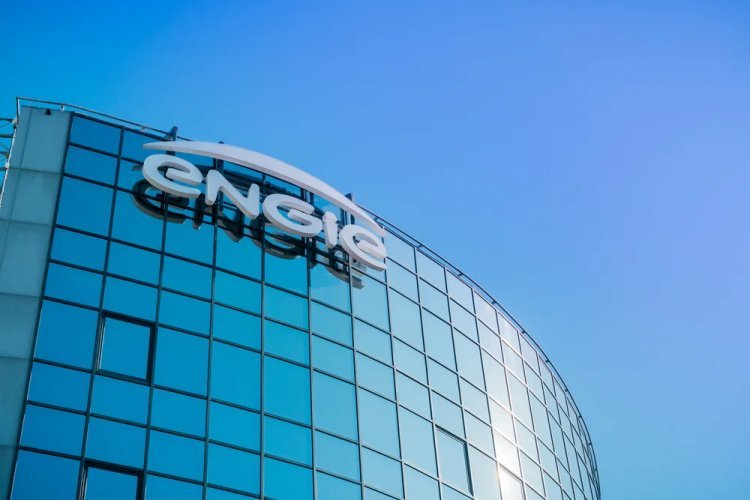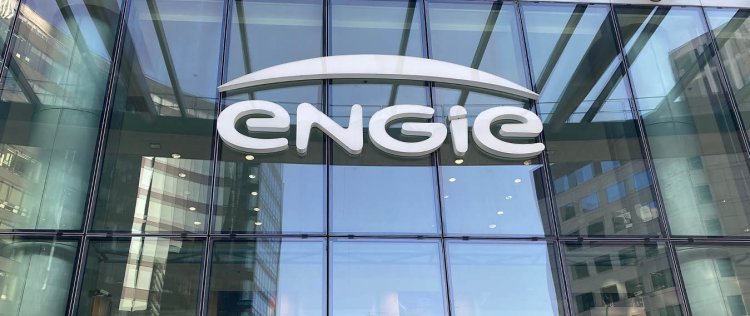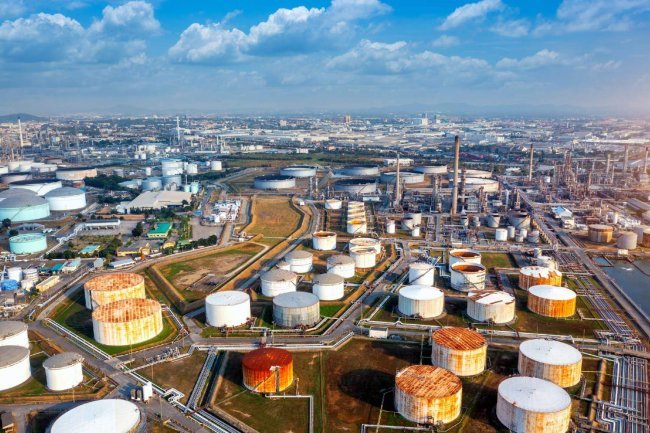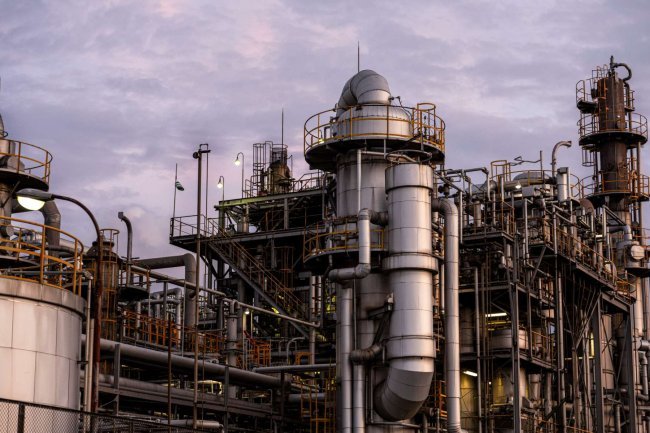Africa's Largest Wind Farm Powers Up in Egypt: A Turning Point for Renewable Energy in the Region
In early July 2025, Egypt took a giant leap toward its clean energy future with the official commissioning of the 650-megawatt Red Sea Wind Energy project in Ras Ghareb, near the Gulf of Suez. Spearheaded by ENGIE, the French multinational utility company, this project now stands as the largest wind farm in Africa and the Middle East, marking a significant milestone in both Egypt’s and the region’s renewable energy journey.

Completed four months ahead of schedule, the Red Sea Wind Energy project is more than just an impressive engineering feat, it is a symbol of international cooperation, smart policy, and long-term vision. Built in collaboration with local Egyptian partners and financed through a mix of public and private investment, the wind farm is expected to generate enough electricity to power over one million homes, while offsetting over 800,000 tons of CO₂ annually.
For Egypt, a country long dependent on fossil fuel exports and natural gas-fired power plants, the shift to renewables represents both an economic and environmental turning point. The country has faced mounting pressure to reduce gas consumption domestically, particularly as natural gas prices fluctuate globally. According to François-Xavier Boul, Managing Director of ENGIE Middle East and Africa, “This renewable energy is cheaper than burning gas… so clearly allows for burning less gas.”
That statement underscores the dual incentives Egypt faces: energy independence and climate responsibility. By transitioning to wind and solar, Egypt not only reduces its carbon footprint, but also frees up natural gas for export helping to stabilize its economy and foreign reserves. The government has set ambitious goals under its 2030 Sustainable Development Strategy, targeting 42% of electricity from renewables by the end of the decade.
The location of the project Ras Ghareb, just north of Hurghada on the Red Sea coast was chosen for its ideal wind conditions and its strategic proximity to national grid infrastructure. Over 110 turbines now stand across the desert plain, each silently contributing to a greener future. ENGIE reports that more than 1,000 local workers were employed during the construction phase, while ongoing maintenance will create additional skilled jobs in the region.

What makes this project stand out globally is its scale and speed. Wind farms of this magnitude often face delays due to regulatory, environmental, or logistical hurdles. But in Egypt’s case, the government created a streamlined permitting process, and ENGIE’s local partnerships allowed them to navigate challenges swiftly. As Boul noted in a press briefing, “This project proves that when policy, finance, and technical expertise align, renewable infrastructure can be delivered at speed and scale even in emerging markets.”
From a global perspective, this success story reflects a broader trend in the MENA (Middle East and North Africa) region, where countries are racing to diversify their energy mixes and reduce reliance on hydrocarbons. Morocco, Saudi Arabia, and the UAE have already made significant investments in solar; now Egypt’s wind project cements its place in the region’s renewable vanguard.
Moreover, ENGIE has indicated that this is just the beginning. The company plans to expand its MENA renewable portfolio to 5 gigawatts over the next five years, with additional investments in solar farms, battery storage, hybrid energy systems, and off-grid solutions. Egypt, with its vast deserts and abundant sunlight, is primed to become a renewable powerhouse if these ambitions are realized.
The Red Sea Wind Energy Project is more than just turbines spinning in the desert...it is a bold statement that the future of energy in Africa is renewable, scalable, and full of promise. For Egypt and the continent, it signals a new era where energy sovereignty and climate responsibility go hand in hand.
What's Your Reaction?





















